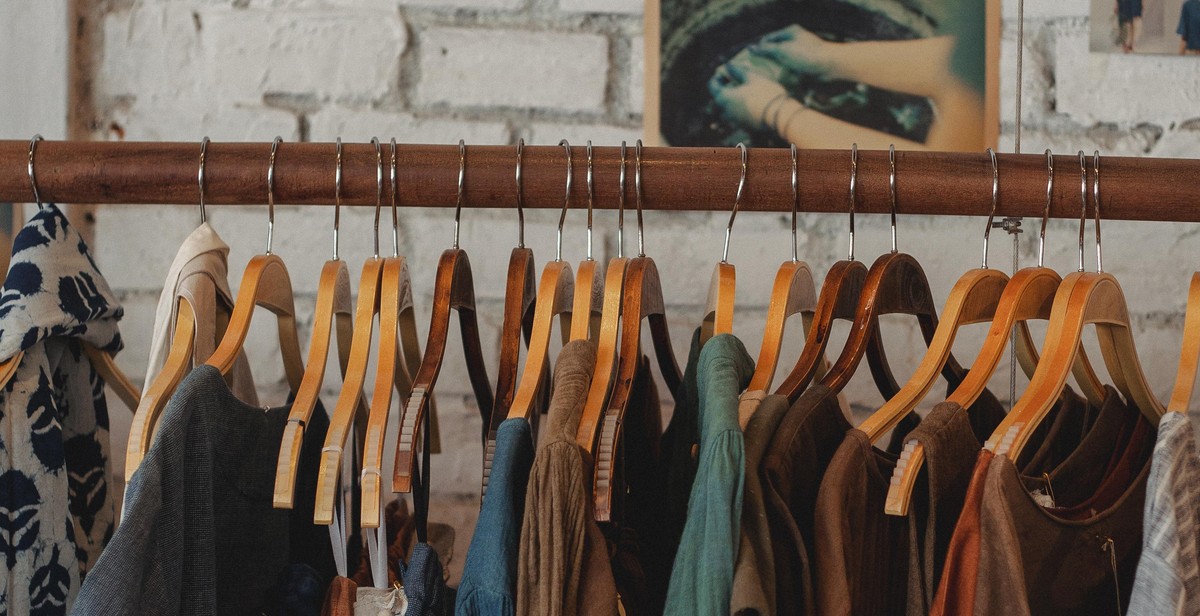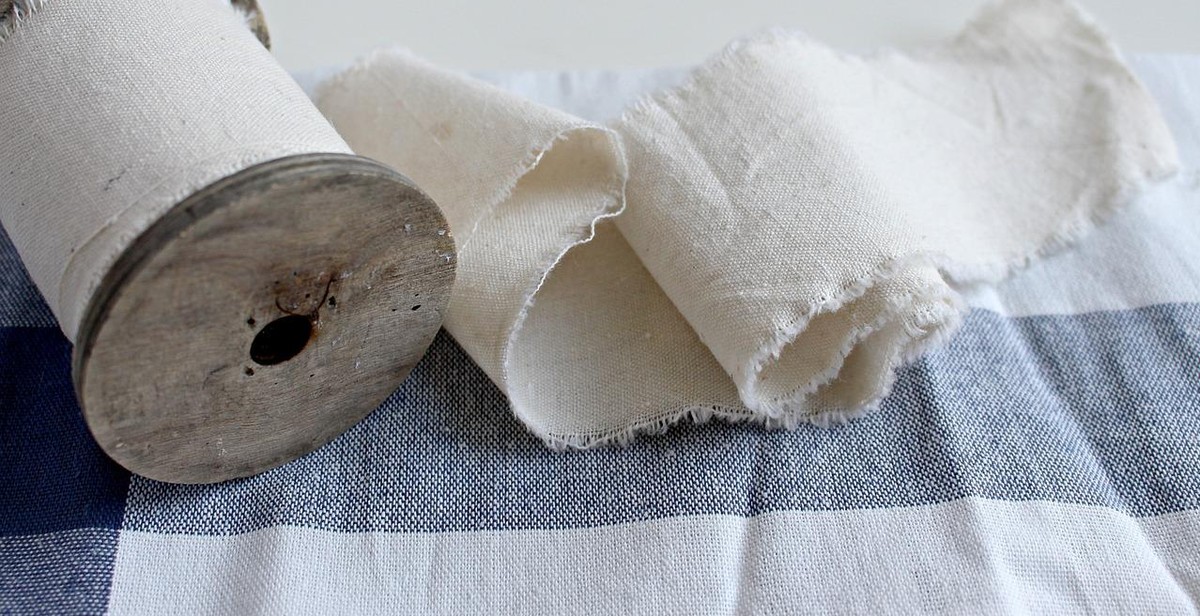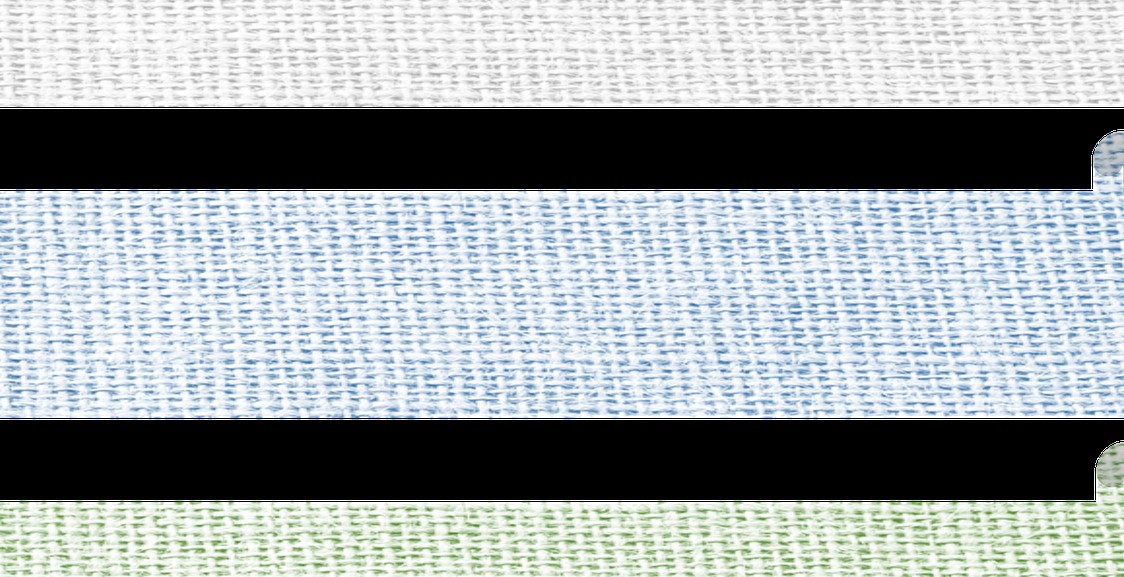How to Identify Different Cotton Fabrics: A Guide to Textile Recognition
As a professional content creator and an avid fashion enthusiast, I have come across several types of cotton fabrics. My personal experience has taught me that identifying different cotton fabrics can be a daunting task, especially for beginners. However, with the right knowledge and guidance, anyone can quickly learn the art of textile recognition.
Why Identify Different Cotton Fabrics?
Identifying different cotton fabrics is essential for several reasons. Firstly, it helps in determining the quality and durability of the fabric. Secondly, it assists in selecting the right fabric for a specific project. For instance, different cotton fabrics are suitable for different types of clothing, such as shirts, dresses, and pants. Lastly, identifying cotton fabrics is crucial for maintenance purposes. Understanding the fabric’s composition and properties can help in determining the appropriate cleaning method.
What to Expect in This Guide
This guide is a comprehensive resource on identifying different cotton fabrics. It covers the most common types of cotton fabrics, including their properties, uses, and identification methods. Additionally, the guide includes tips on fabric care and maintenance to ensure the longevity of your cotton garments.
Whether you are a fashion enthusiast, a designer, or simply looking to expand your knowledge on cotton fabrics, this guide is perfect for you. Let’s dive in!
Why is it Important to Identify Different Cotton Fabrics?
Cotton is one of the most widely used natural fibers in the world, and it is a popular choice for clothing, home textiles, and many other products. However, not all cotton fabrics are created equal, and it is essential to identify different cotton fabrics to understand their characteristics and applications. Here are some reasons why identifying different cotton fabrics is important:
Quality Assessment
Identifying different cotton fabrics can help you assess their quality. Some cotton fabrics are more durable and of higher quality than others, and knowing the difference can help you make informed purchasing decisions. For example, if you are looking for a high-quality cotton shirt that will last a long time, you may want to look for shirts made from Egyptian cotton, which is known for its strength and softness.
Care Instructions
Different cotton fabrics have different care requirements, and identifying them can help you take care of your garments properly. For example, some cotton fabrics may shrink or fade in the wash, while others may require special handling to maintain their shape and texture. By knowing the type of cotton fabric you are dealing with, you can follow the appropriate care instructions to keep your garments looking their best.
Comfort and Style
Identifying different cotton fabrics can also help you choose garments that are comfortable and stylish. Cotton fabrics come in a range of textures, weights, and finishes, and each has its unique look and feel. For example, if you are looking for a lightweight and breathable cotton fabric for summer wear, you may want to look for fabrics like voile or lawn. On the other hand, if you are looking for a cozy and warm cotton fabric for winter wear, you may want to look for fabrics like flannel or fleece.
Environmental Impact
Finally, identifying different cotton fabrics can help you make more environmentally conscious choices. Some cotton fabrics are made from organic or sustainably grown cotton, while others may be treated with harmful chemicals or dyes. By knowing the type of cotton fabric you are dealing with, you can make more informed decisions about the environmental impact of your purchases.
Overall, identifying different cotton fabrics is an essential skill for anyone interested in textiles, fashion, or sustainability. By understanding the characteristics and applications of different cotton fabrics, you can make more informed purchasing decisions and take better care of your garments.

Different Types of Cotton Fabrics
Cotton is one of the most popular and versatile fabrics in the textile industry. It is breathable, soft, and comfortable to wear, making it ideal for a wide range of clothing and home decor items. Here are some of the different types of cotton fabrics and their characteristics:
Cotton Muslin
- Lightweight and sheer
- Loosely woven
- Soft and breathable
- Ideal for making baby clothes, curtains, and lightweight apparel
Cotton Voile
- Lightweight and semi-sheer
- Finely woven
- Soft and drapes well
- Ideal for making summer dresses, blouses, and curtains
Cotton Poplin
- Medium weight and durable
- Tightly woven
- Smooth and crisp texture
- Ideal for making shirts, dresses, and skirts
Cotton Sateen
- Medium weight and lustrous
- Woven with a satin weave
- Smooth and soft texture
- Ideal for making bedding, drapes, and formal wear
Cotton Twill
- Medium to heavy weight
- Diagonal weave pattern
- Durable and strong
- Ideal for making jeans, jackets, and workwear
Cotton Chambray
- Lightweight and breathable
- Plain weave with colored yarns
- Soft and drapes well
- Ideal for making shirts, dresses, and skirts
Cotton Jersey
- Lightweight and stretchy
- Knitted rather than woven
- Soft and comfortable
- Ideal for making t-shirts, leggings, and loungewear
Cotton Flannel
- Medium to heavy weight
- Soft and fuzzy texture
- Woven with a twill or plain weave
- Ideal for making pajamas, blankets, and cold weather clothing
Cotton Denim
- Medium to heavy weight
- Strong and durable
- Woven with a twill weave
- Ideal for making jeans, jackets, and bags
Cotton Canvas
- Heavy weight and sturdy
- Woven with a plain weave
- Durable and strong
- Ideal for making tote bags, upholstery, and outdoor gear
| Fabric Type | Weight | Weave | Common Uses | |||||||||||||||||||||
|---|---|---|---|---|---|---|---|---|---|---|---|---|---|---|---|---|---|---|---|---|---|---|---|---|
| Cotton Muslin | Lightweight | Loose | Baby clothes, curtains, lightweight apparel | |||||||||||||||||||||
| Cotton Voile | Lightweight | Finely woven | Summer dresses, blouses, curtains | |||||||||||||||||||||
| Cotton Poplin | Medium weight | Tightly woven | Shirts, dresses, skirts | |||||||||||||||||||||
| Cotton Sateen | Medium weight | Satin weave | Bedding, drapes, formal wear | |||||||||||||||||||||
| Cotton Twill |
| Method | Key Points |
|---|---|
| Look at the Weave | Plain, twill, and satin weaves are common for cotton fabrics |
| Check the Weight and Texture | Weight is measured in GSM, texture can be smooth or rough |
| Conduct a Burn Test | Cotton fabrics will burn steadily and produce a gray ash |
| Use a Magnifying Glass | Examine the size, shape, and consistency of the fibers |
| Consult a Fabric Identification Guide | Get detailed information about different types of fabrics |

Conclusion
In conclusion, identifying different cotton fabrics may seem like a daunting task, but with the right knowledge and tools, it can be a breeze. Knowing the different types of cotton fabrics and their properties can help you make informed decisions when shopping for clothes or textiles.
Remember, always check the label and do a burn test if necessary to confirm the fabric type. Don’t be afraid to ask for help from a professional if you’re unsure, especially if you’re dealing with expensive or sentimental items.
By following the tips and techniques outlined in this guide, you can confidently identify different cotton fabrics and appreciate their unique qualities. Whether you’re a fashion enthusiast, a textile collector, or just someone who wants to make more informed purchasing decisions, this guide is a valuable resource.
| Fabric Type | Description |
|---|---|
| Organic Cotton | Grown without harmful chemicals or pesticides |
| Pima Cotton | Extra-long staple fibers for softness and durability |
| Supima Cotton | American-grown Pima cotton with strict quality standards |
| Egyptian Cotton | Long staple fibers for strength and luxury |
| Bamboo Cotton | Soft, breathable, and eco-friendly |
Remember to take care of your cotton fabrics by following the care instructions on the label and avoiding harsh chemicals or excessive heat. With proper care, your cotton clothes and textiles can last for years and provide comfort and style.

